Alopecia
Alopecia is a medical condition that causes hair loss on the scalp and other parts of the body. It occurs when the immune system mistakenly attacks hair follicles, leading to hair thinning or complete baldness. Alopecia can affect people of all ages and genders, and its severity can vary from small patches of hair loss to total hair loss. While there is currently no cure, various treatments and therapies can help manage the condition and promote hair regrowth. Understanding and addressing alopecia is important for those affected, as it can have significant physical and emotional impacts.
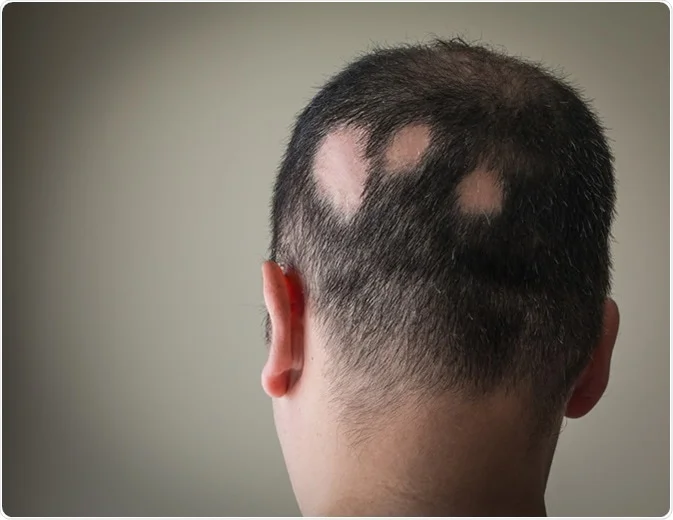
Types of Alopecia
Alopecia Areata
Alopecia Areata is a skin disorder in which the body’s immunity system targets hair follicles which causes round shapes of hairless skin.
Androgenetic Alopecia
Said to be male or female pattern baldness Androgenetic Alopecia is a hereditary disease whereby hair on the head thins out gradually.
Alopecia Totalis
This type leads to total baldness of the head region of the individual affected by the loss of hair on the scalp.
Alopecia Universalis
Alopecia Universalis is an extension of alopecia where all the body hair such as the eyebrow hair and eyelashes are lost.
Traction Alopecia
Traction Alopecia is a hair loss condition that results from repeated force applied to hair such as when one employs tight hair styles.
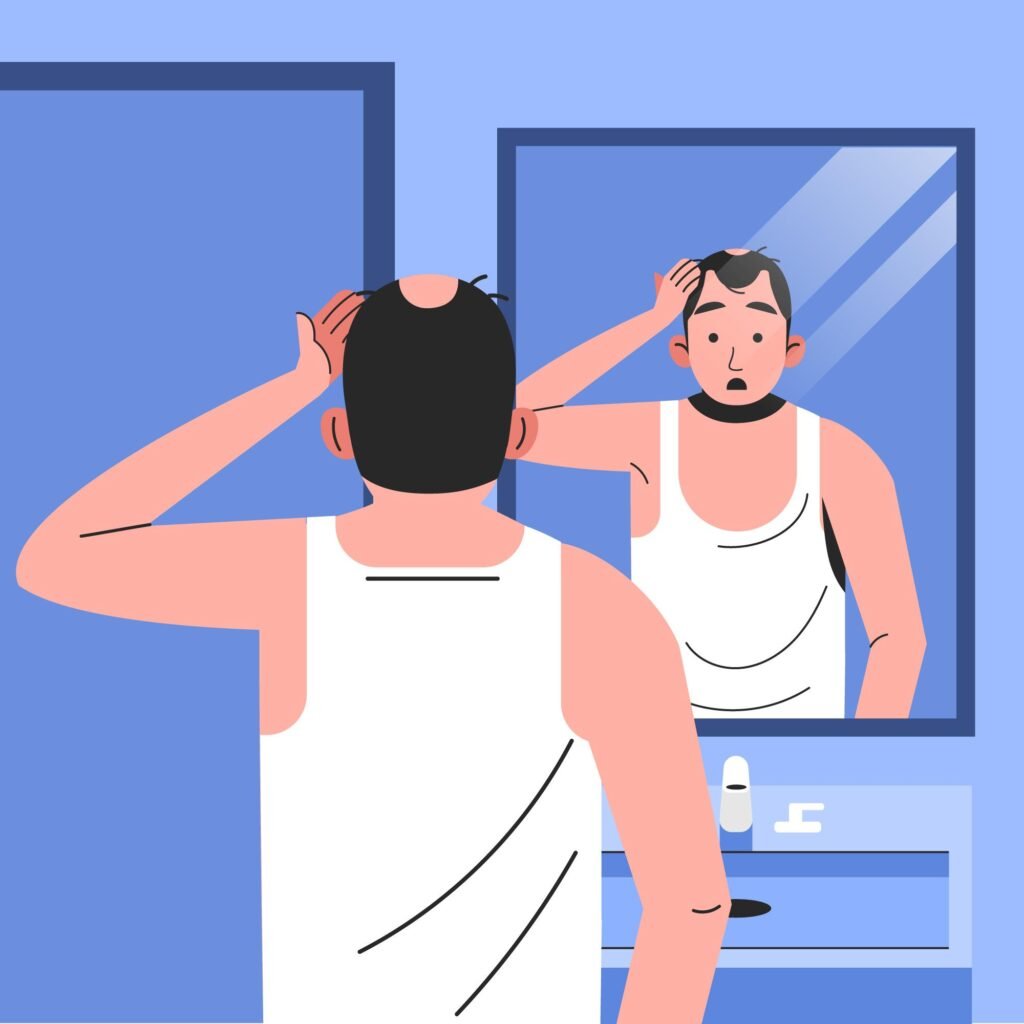
Causes of Alopecia
Causes of Alopecia
Genetic Factors
Using the World Health Organization’s definition of comorbidity, it has been ascertained that family history predicts the risk of developing particular types of alopecia.
Autoimmune Disorders
Wherein in Alopecia Areata, the body’s immune system attacks the hair follicles.
Hormonal Imbalances
Increased loss of hair occurs when there are hormonal changes, in pregnant or breastfeeding mothers, during menopause, or due to thyroid problems.
Stress and Lifestyle
The strategies for coping with hair-related issues include high-stress levels and poor lifestyle choices such as the following.
Medications and Treatments
Some prescribed drugs such as chemotherapy cause either temporary or permanent loss of hair.
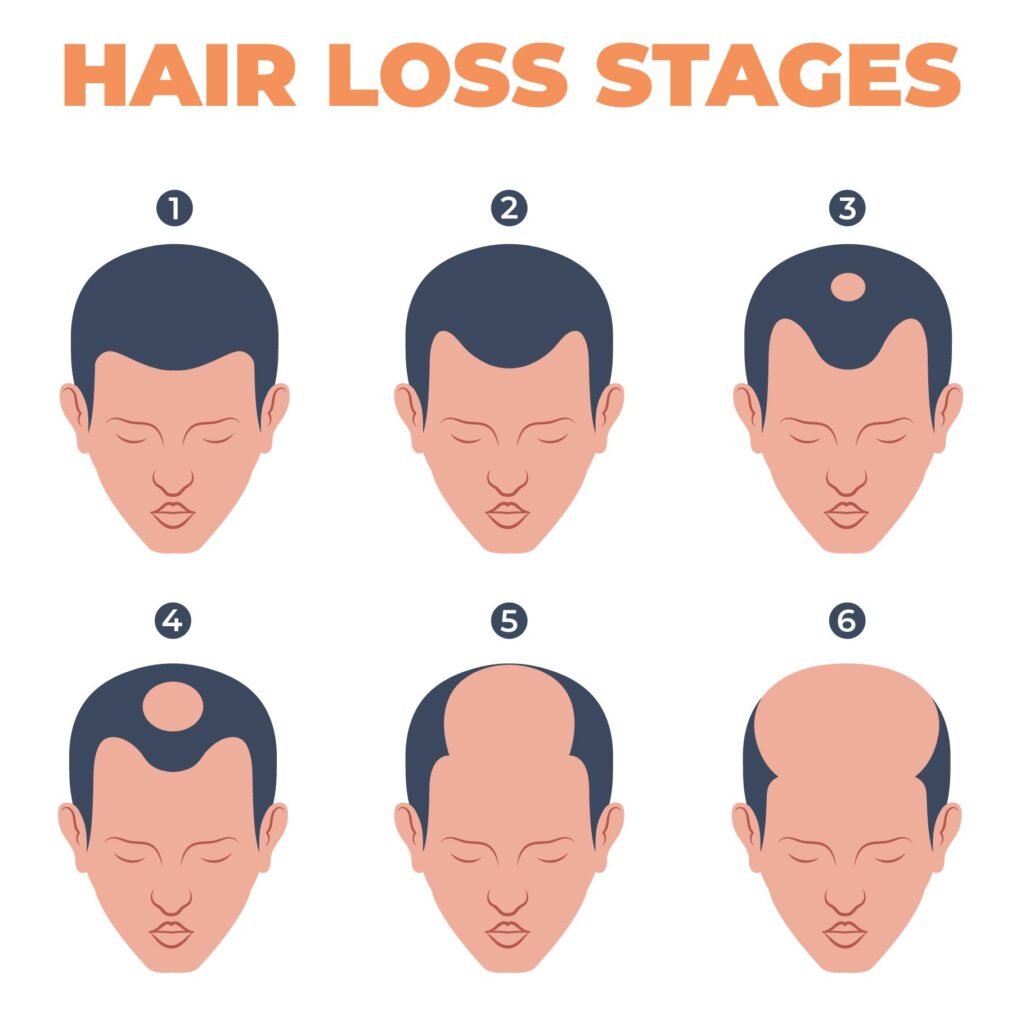
Symptoms of Alopecia
Sudden Hair Loss
Hair loss in clumps or patches is one of the signs that people experience when they notice they are developing the condition.
Thinning Hair
It is gradual and normally affects the top of the head as people age, particularly in Androgenetic Alopecia.
Bald Patches
This is a skin disease that manifests itself through circular, characteristic smooth ions on the scalp or any other part of the body.
Scalp Irritation
Pruitt, inflammation, or a warm feeling may occur along with hair loss.
Diagnosis of Alopecia
Diagnosis of Alopecia
Medical History and Examination
A doctor may need to investigate your past and existing medical conditions and physically examine your scalp.
Scalp Biopsy
A small piece of the skin from the scalp may be removed to determine the structure of hair follicles even through a lens.
Blood Tests
Thyroid disorders or autoimmune diseases can also be detected through blood analysis tests.
Treatment Options
Minoxidil
This is an available nonsystemic topical agent, that seems to be effective in promoting hair growth.
Finasteride
A tablet taken orally that was specifically developed for men; has been observed to counter hair loss through the limitation of hormone fluctuations.
Hair Transplants
Bariatric surgeries that involve procedures such as hair transplantation that involves relocating hair follicles from regions of adequate hair to the areas of thin or absent hair.
Laser Therapy
Laser treatment works at a low level and is recommended in combination with other treatments because it can promote hair growth.
Natural Remedies
Silicones, keratin, copper peptides, biotin, and collagen must be the components of haircare products, substances like peppermint, lavender or rosemary, scalp massages, and dietary supplements can be useful for hair.
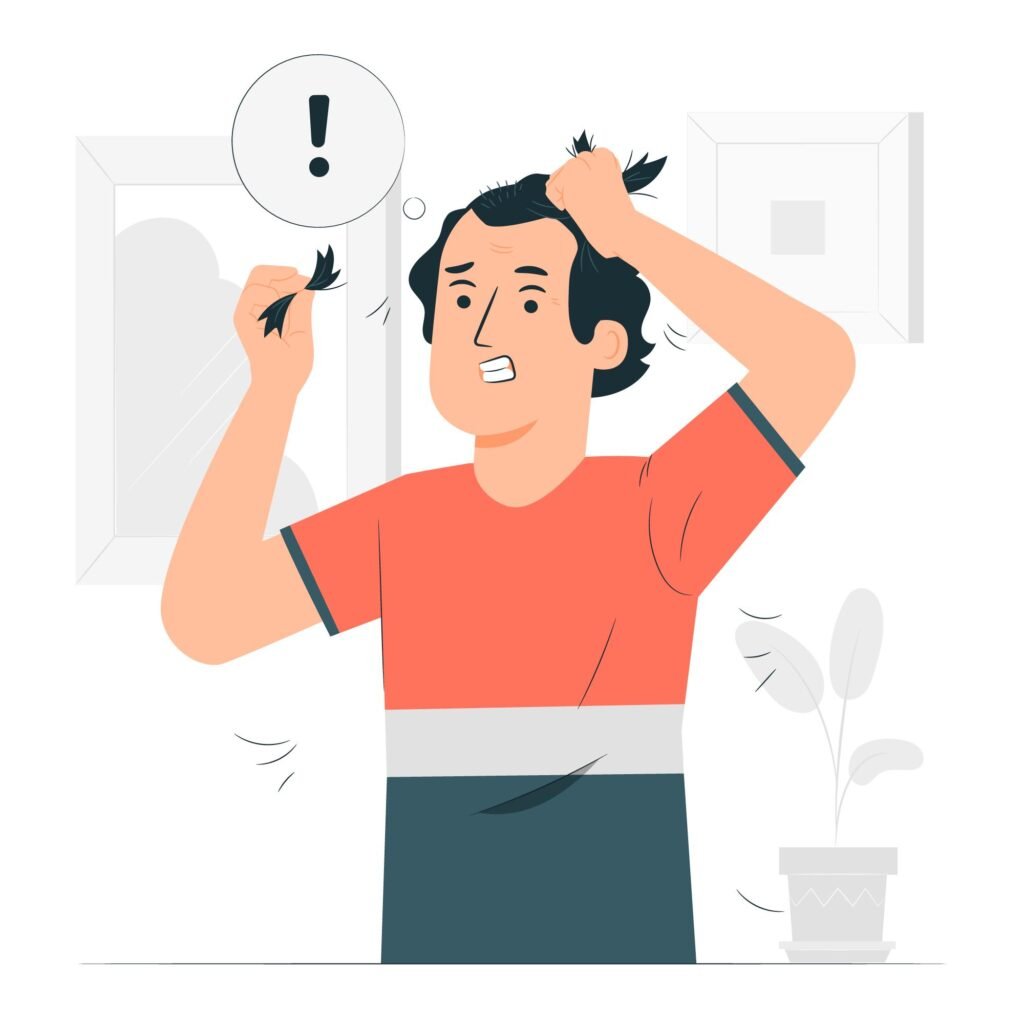
Coping with Alopecia
Emotional Impact
Hair loss has consequences on the satisfaction with one’s appearance and thus it impacts the quality of life. Accept your thoughts and emotions and get help.
Support Groups
One is allowed to find solace in a support group since one can be able to share with other people the problems that one is facing.
Counseling
Speaking with a professional is crucial to being able to deal with the mental impact of alopecia.
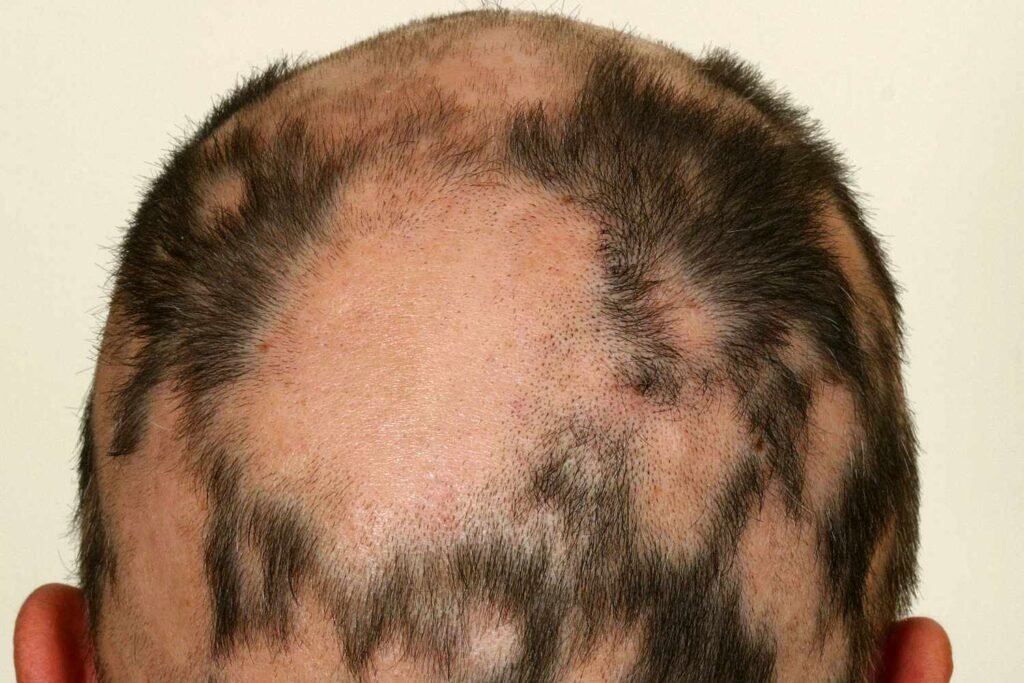
Preventing Hair Loss
Healthy Diet
Diet constitutes an essential factor for hair and individuals are advised to take vitamin and minerals balanced foods.
Stress Management
It is important to deal with stress and some activities such as yoga, meditation, and exercise can help to lower levels of stress.
Gentle Hair Care
Do not frequently use hair bunches and do not expose hair to extreme treatments.
Myths and Facts about Alopecia
Common Misconceptions
Many societies hold certain beliefs on alopecia which include stressing that hair loss is only occasioned by stress.
Truths You Need to Know
It is important to distinguish the real causes of, and the possible treatment for alopecia, in order not to contribute to the spread of such misconceptions.
Living with Alopecia
Daily Hair Care Tips
Choose products that are not very harsh on the hair, do not blow-dry the hair constantly or use very hot tools on the hair.
Choosing Wigs and Hairpieces
Extensions can be very helpful both for boosting one’s self-esteem and for psychological reasons. Choose solutions that are comfortable and that do not look like a costume is being worn on your face.
Makeup and Accessories
Cosmetics such as lipstick and lip gloss, and headwear including hats and scarves, will do much in as far as assisting you in conveying your personality as you deal with hair loss.
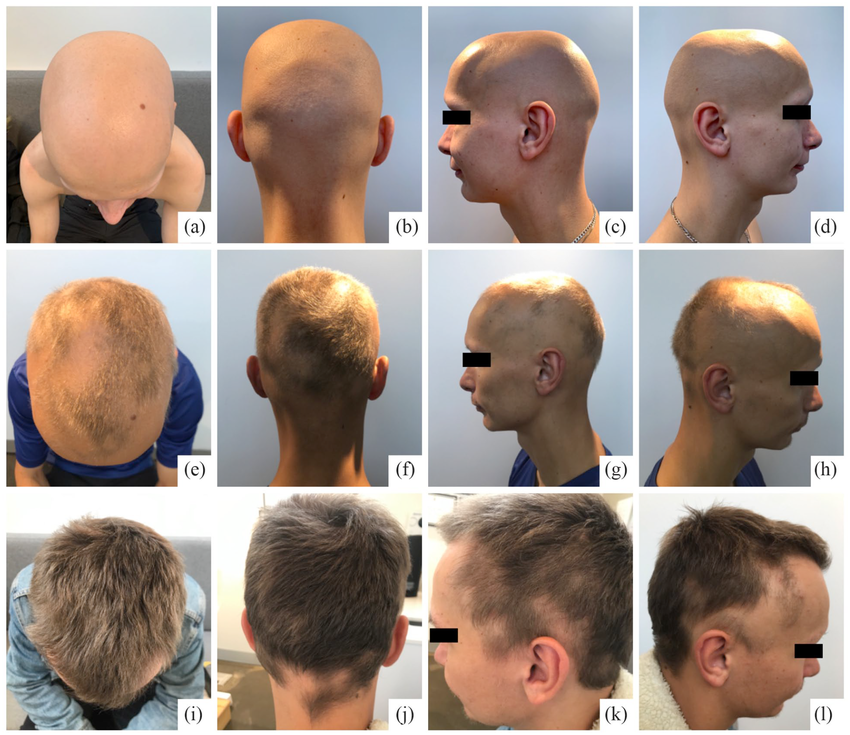

Alopecia in Children
Causes and Symptoms
Child alopecia commonly manifests as patchy loss and may be caused by either auto-immune diseases or stress.
Treatment Options
Children might also have topical application of creams and lotions, counseling and encouragement.
Support for Families
School-aged children can get pediatrics educational materials, and support groups for families impacted by alopecia.
FAQs
What is the main cause of alopecia?
The main cause of alopecia is different; it can be hereditary, immunological, hormonal, or can occur as a result of stress and improper lifestyle.
Are there any lifestyle changes that can help manage alopecia?
Yes, eating properly, reducing stress, and being careful about how one treats their hair can help deal with alopecia.
Is alopecia contagious?
No, alopecia is not contagious and hence there are no ways through which it can be transmitted from one person to another.
How can I support someone with alopecia?
Communicate your support, do your research about the ailment, and urge them to consult a doctor if they haven’t.
Conclusion
Though Alopecia is not easy to deal with, however, it can be when one is well-informed and receives all the necessary help. If you know the types of hair loss and its causes, and ways of handling it, you will be able to change the woe feeling and do the needful to amend the situation.

We, at Ryan Clinic strive to treat each and every skin and hair related issue in the best and simplest possible manner. Our 90% treatments are prescription based where no procedure is required.
